-
The Symbolism Of Altitude: Clifftops, Mountains and Roofs
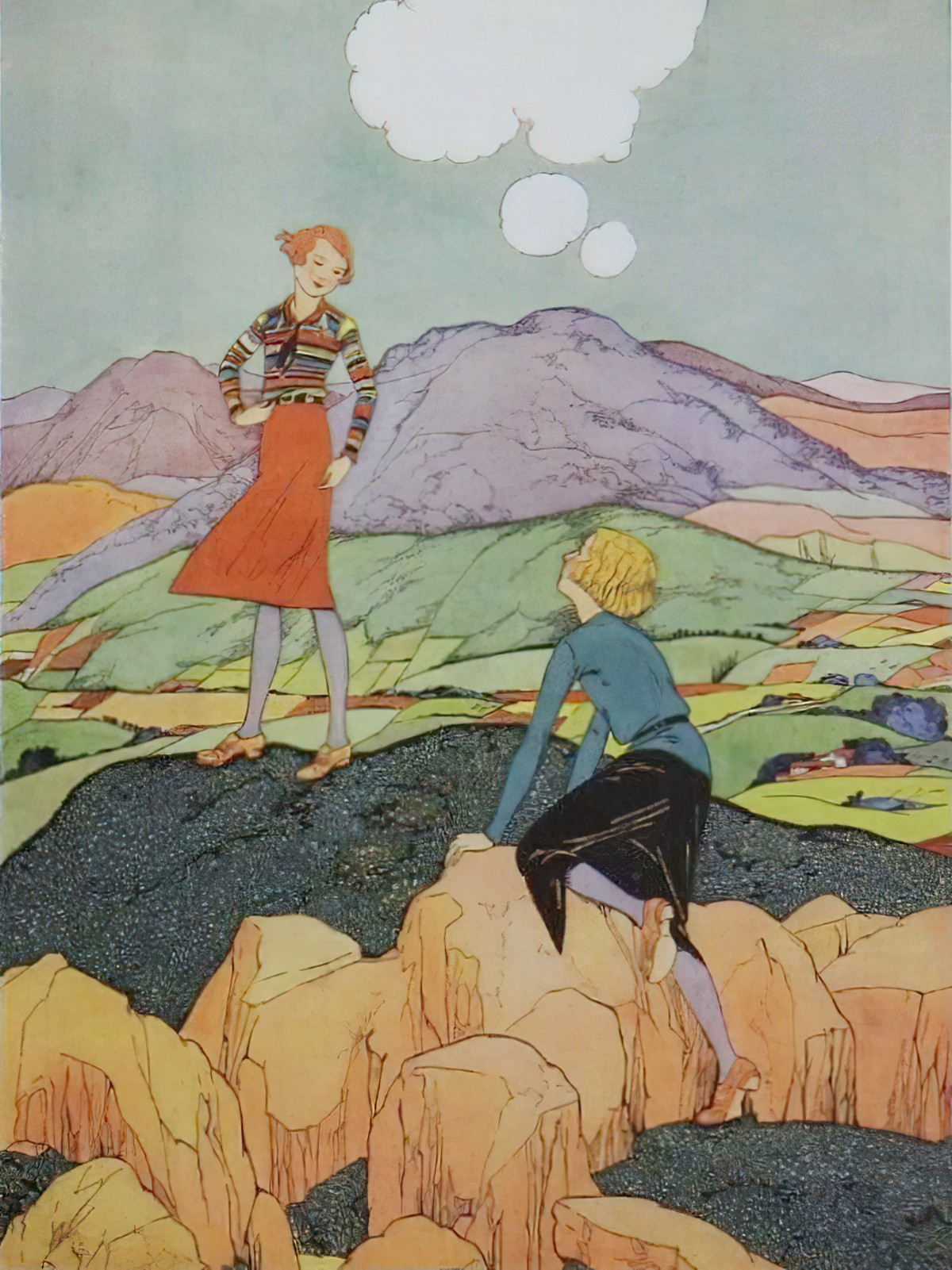
Hills and valleys, cliffs, mountains — altitude in story is highly symbolic. When creating a story, remember to vary the altitude as much as you’d vary any other setting.
-
The Woodland Idyll In Art And Illustration
Pookie (1946) was my mother’s favourite series of picturebooks when she was very young, and she has a hardback copy held together with yellowed sticky tape. This one before me is a much later version, which has come out since in soft cover. I wonder if fairies will make a true comeback. The illustrations in […]
-
Menstruation In Fiction
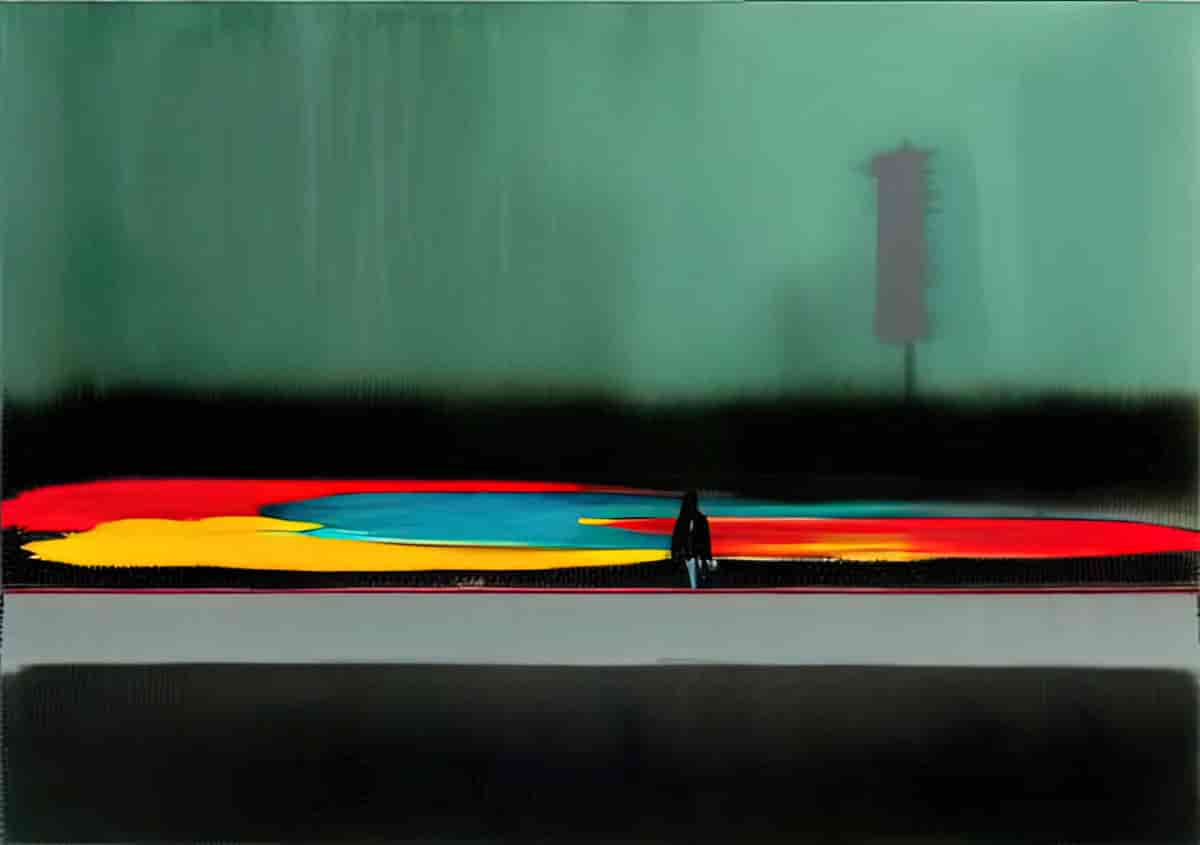
Menstruation is depicted rarely in fiction. Perhaps you are rattling off half a dozen stories which feature menstruation right now, hoping to prove me wrong. But when you consider the impact of menstruation on lives, and how frequently it occurs, menstruation is heavily underrepresented across storytelling. We need more of it. People going through female […]
-
Kitchens As Metonyms For Familial Happiness In Literature
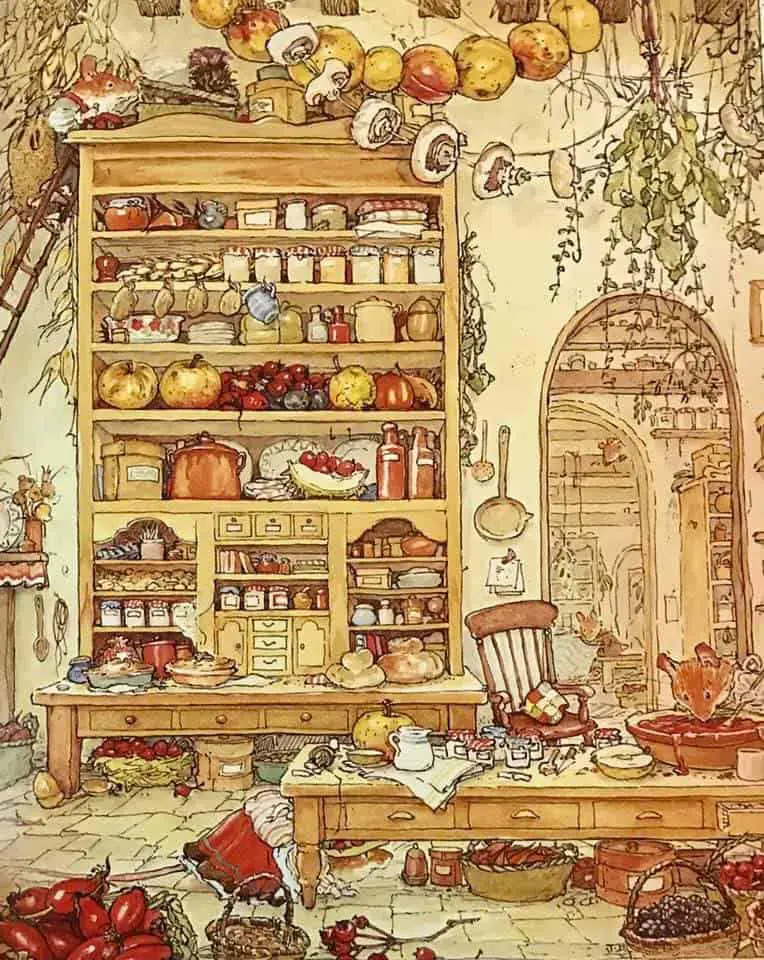
A warm, safe, lighted place.Hepzobah’s kitchen was always like that, and not only that evening. Coming I to it was like coming home on a bitter cold day to a bright, leaping fire. It was like the smell of bacon when you were hungry, loving arms when you were lonely; safety when you were scared…. […]
-
Symbolic Names In Storytelling
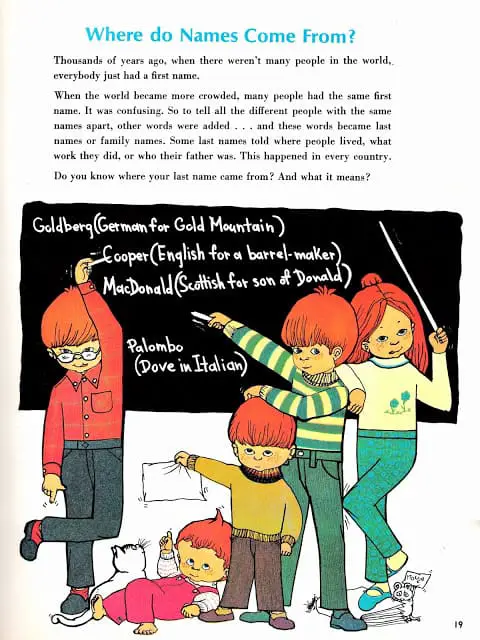
Generally speaking, a lot of thought goes into choosing character names. Sometimes a name is chosen because it is appropriate to the age of the character, culture and era. Sometimes the name is aesthetically pleasing. Sometimes the name is symbolic.
-
Witches In Children’s Literature
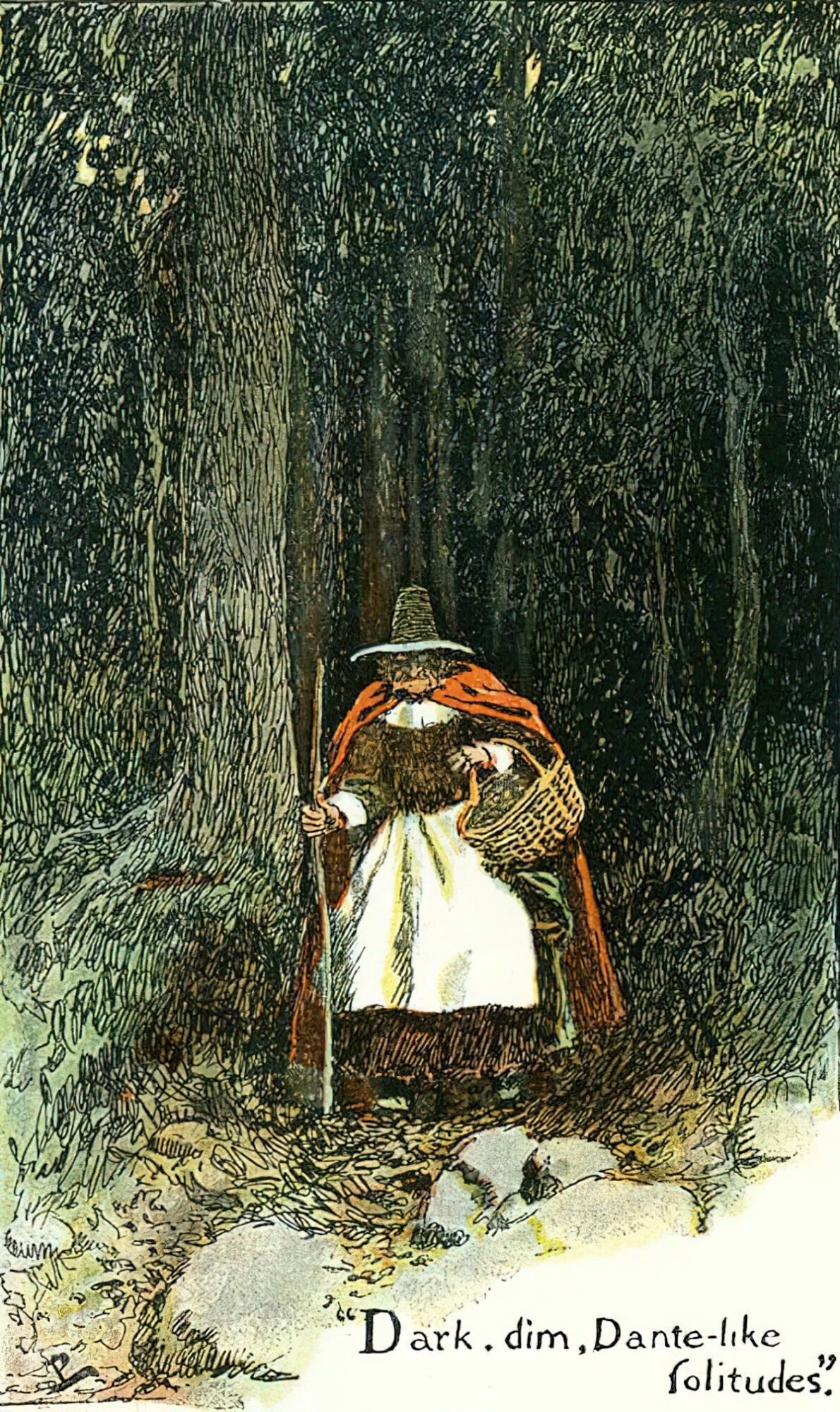
The Weirdness Of Using Witches In Modern Entertainment Witches are female equivalent of storybook pirates in that the character is based on something very real and disturbing. I’d like to append ‘in our past’ but very disturbingly, It’s 2013 And They’re Burning Witches. See also: Woman Brutally Murdered in Papua New Guinea After Being Accused of Sorcery, from […]
-
Pathetic Fallacy: Not actually an insult
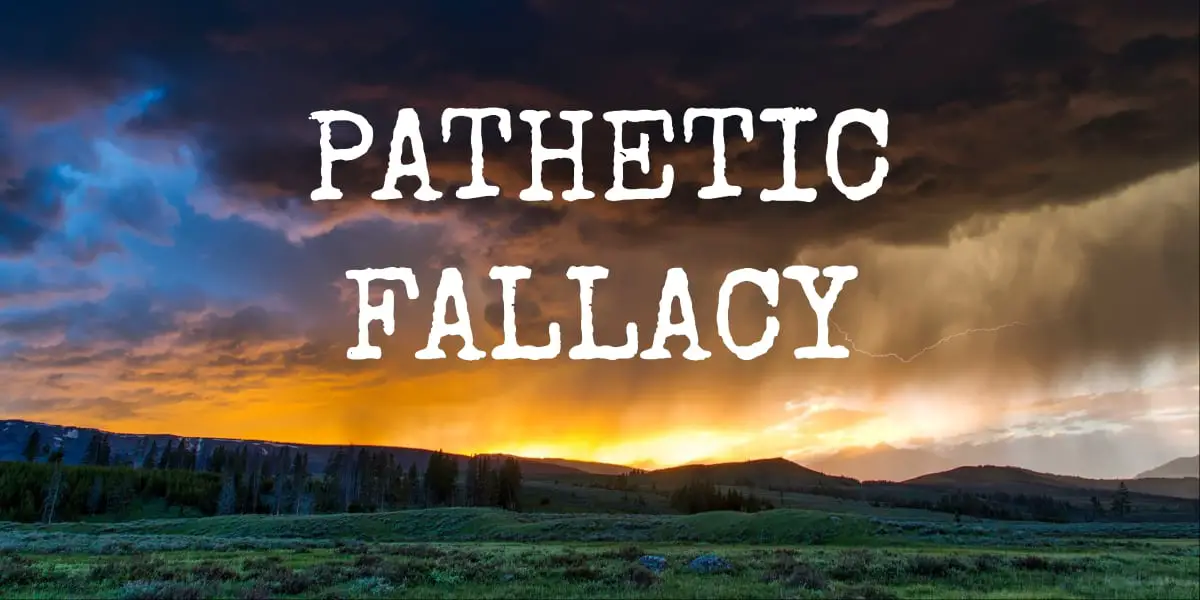
What is pathetic fallacy? Pathetic fallacy is a poetic device where, for the purpose of creating symbolic value or another higher-order creative expression, we attribute human emotions to items which don’t feel emotions. Edit Torrent A Short History of Pathetic Fallacy The term ‘pathetic fallacy’ was coined in 1856 by a man called John Ruskin (an art […]
-
Wolf Children Japanese Anime Film Study
The Japanese anime Wolf Children is an inspiring and engaging film for miniature nature lovers. I have recommended this film to people completely forgetting that it is basically a very sad story though, so consider yourself warned! I wonder if the author of Wolf Children was inspired by the story of Amala and Kamala, two […]
-
Walking, Floating, Creeping Houses
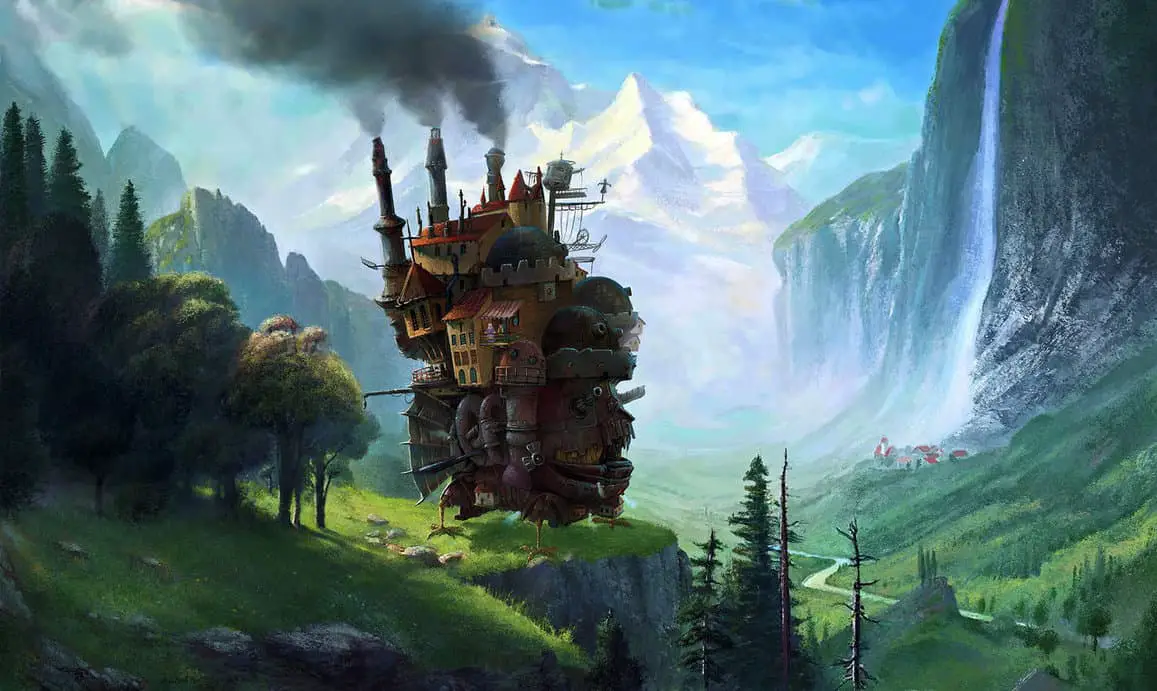
Included in the definition of ‘home’ is the idea of a stable, secure structure… which doesn’t get up and move! The concept of home is especially important in children’s stories, which explains the popularity of the home-away-home structure: Child leaves home, has a little adventure, then returns to security. The young reader falls into slumber, […]
-
Olivia by Ian Falconer Analysis
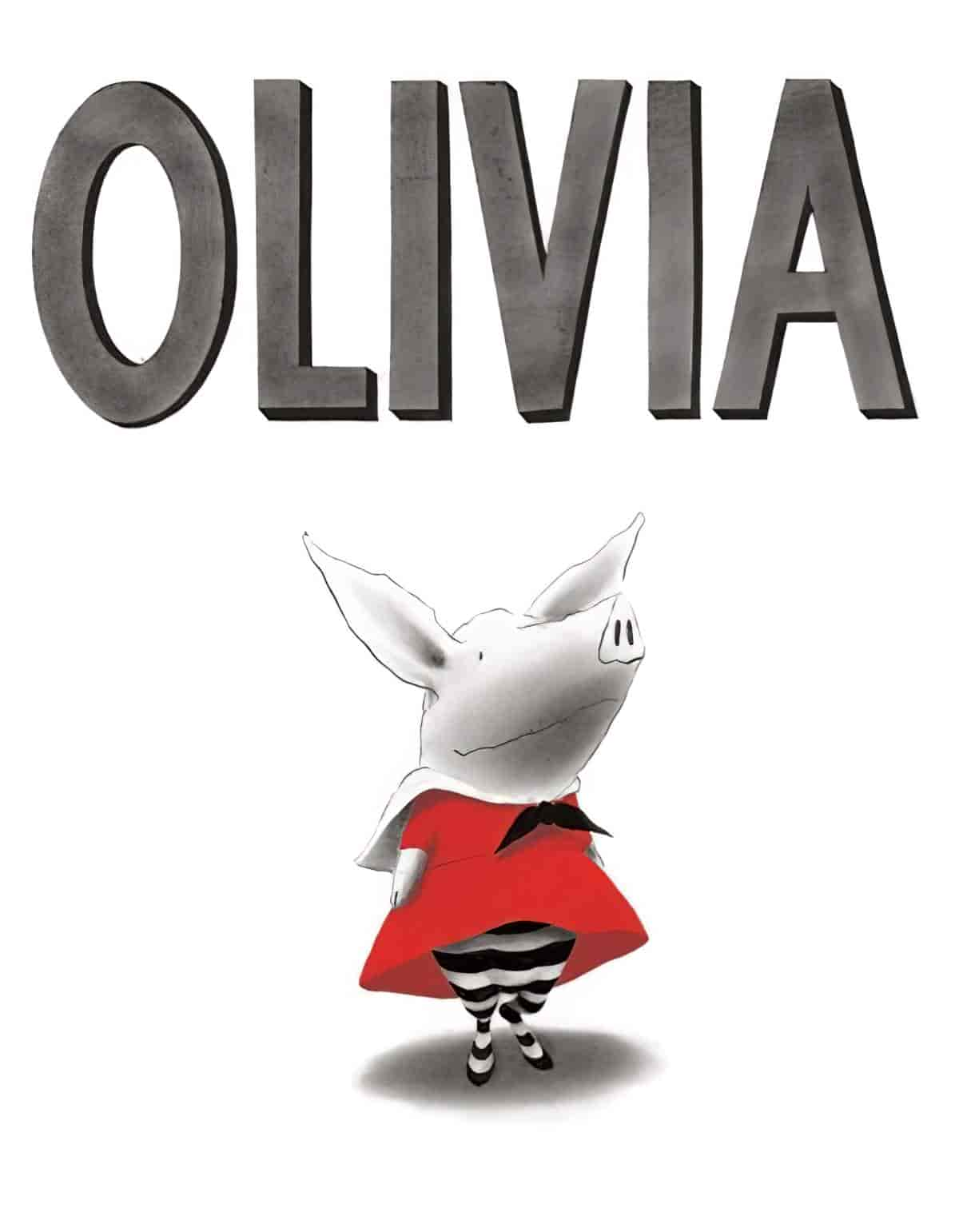
Starting with the cover, here we have a static picture of Olivia the pig, our main character. In picture books, the very best illustrators are able to depict motion very well, but you often get a character in ‘pose’ position when they are first introduced, or when the reader is meant to be contemplating the […]
-
Jims and Jameses in Children’s Literature
Once there was a bad little boy whose name was Jim—though, if you will notice, you will find that bad little boys are nearly always called James in your Sunday-school books. It was strange, but still it was true, that this one was called Jim. Mark Twain, as the opening of a parody of Sunday […]
-
Ways Of Seeing On YouTube
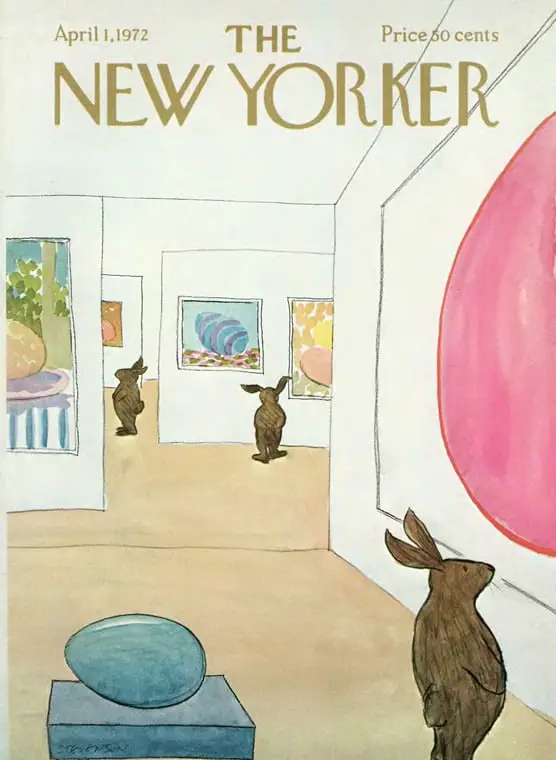
EPISODE ONE, PART ONE John Berger tells us that late 20th century audiences view classic paintings very differently from earlier people. A large part of seeing depends on habit and convention. European paintings are made for European perspectives. Perspective depends on the eye of the beholder, like an inverse lighthouse. Instead of light beaming in, […]
-
Shadow and Light Source In Picture Books Analysis
In picture books as in all illustration, the artist can use light source and shadow to create atmosphere, or even to add to the story. Complement this with my post on creating aerial perspective. OVERLAPPING SHADOWS Overlapping shadows tend to suggest the power of the objects that cast them over the objects they overlap. Perry […]
-
Ponyo by Miyazaki Symbolism and Structure
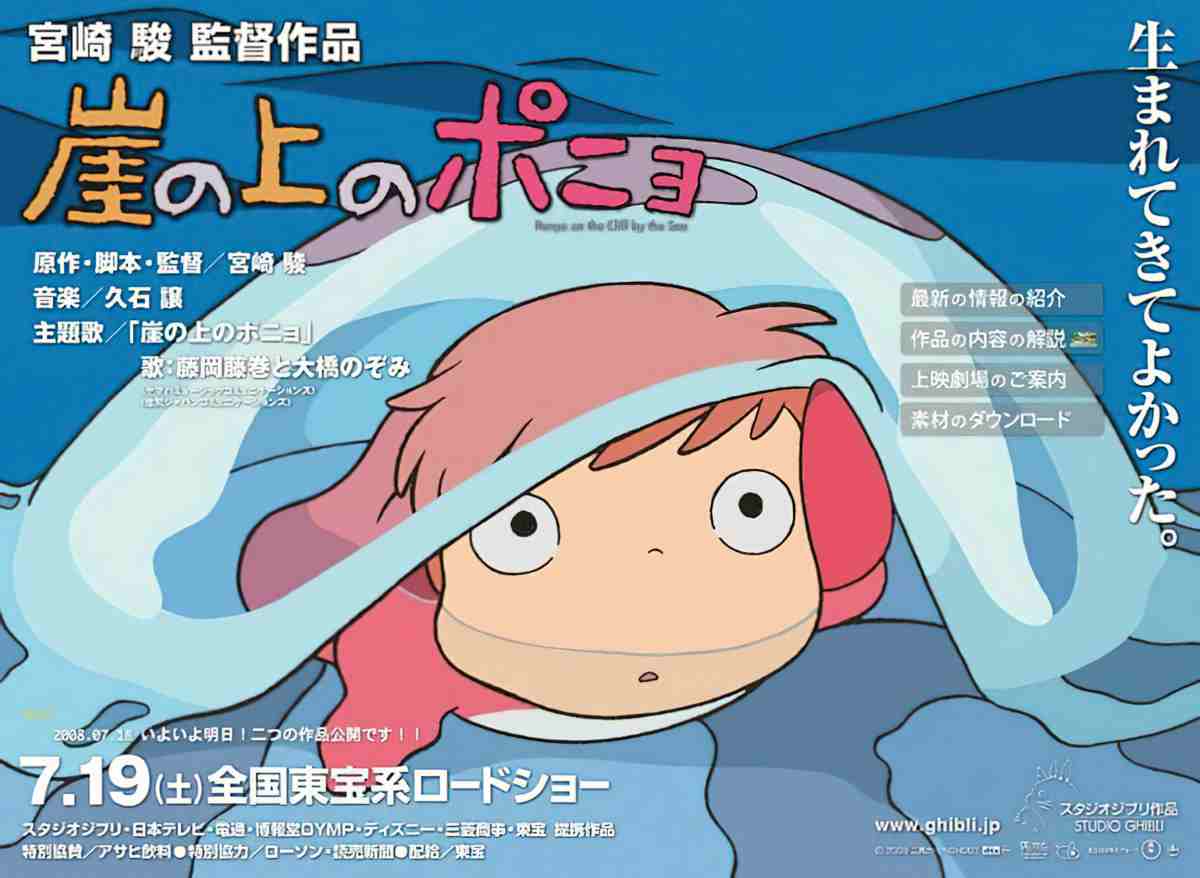
Hayao Miyazaki’s Ponyo is a feature-length anime which makes heavy use of myth and symbolism but is aimed squarely at a young child audience.
-
Female Beauty In Young Adult Literature
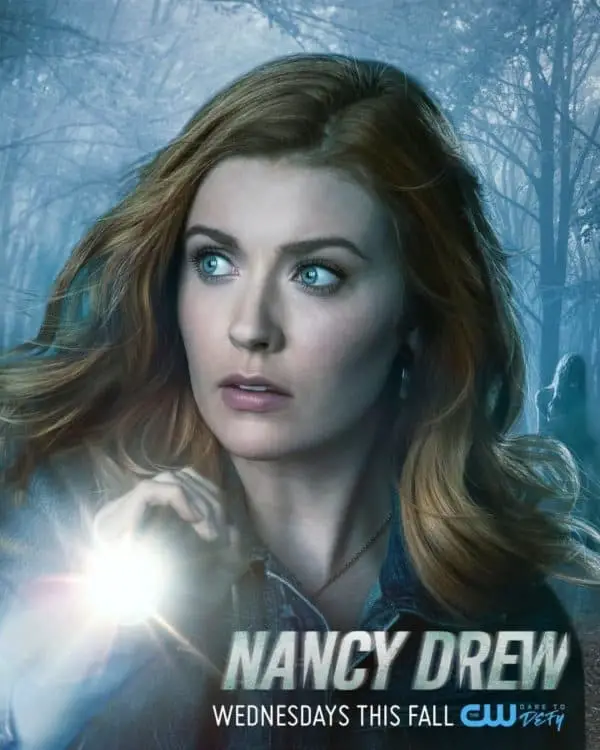
There is a rule in literature that good women are good looking. Though many have tried, it’s actually really hard to subvert this ideology. Many have tried and failed, because the tropes associated with beauty are so damn appealing.